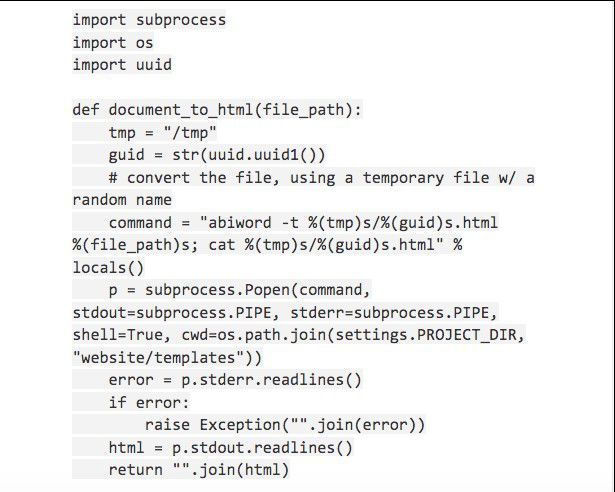

- #CONVERT PDF TO TEXT COMMAND LINE ZIP FILE#
- #CONVERT PDF TO TEXT COMMAND LINE ARCHIVE#
- #CONVERT PDF TO TEXT COMMAND LINE FULL#
Only one file is allowed per encoding the last specified file is used. Entries must be given in increasing Unicode order. The length of the out-start-hex (or out-hex) string determines the length of the output characters (e.g., UTF-8 uses different numbers of bytes to represent characters in different ranges). The out-start-hex field (or the out-hex field) specifies the start of the output encoding range. The in-start-hex and in-end-hex fields (or the single in-hex field) specify the Unicode range. Each line of a unicodeMap file represents a range of one or more Unicode characters which maps linearly to a range in the output encoding:Įntries for single characters can be abbreviated to: These encodings are used for text output (see below). Specifies the file with mapping from Unicode to encoding-name. Here's the relevant section from the documentation, which is copyright 1996-2017 Glyph & Cog, LLC (with this small portion of it being copied here under "Fair Use"): The documentation for it is in a file called xpdfrc.txt in the doc subfolder of the unpacked download (and there's an example of it called sample-xpdfrc in the same doc subfolder). In any case, the way to fix mapping problems is to create a custom xpdfrc file, which is the configuration file used by all of the Xpdf tools, and have it point to a corrected Unicode mapping file. You probably don't want UTF-8 encoding, unless you have characters that aren't part of the Latin1 character set, such as Chinese, Cyrillic, Eastern European, etc.

Right? If so, that's happening because of the -enc UTF-8 parameter on your command line. I'm guessing that the "weird character" that you're getting instead of the bullet ("
#CONVERT PDF TO TEXT COMMAND LINE FULL#
Thanks for joining Experts Exchange yesterday and watching my video - much appreciated! I'm very glad to hear that you think pdftotext is a great program - I'm in full agreement! That's it! If you find this video to be helpful, please click the thumbs-up icon below. Open the text file with whatever text editor you prefer, such as Notepad or WordPad. There should be one text file with the same file name as the PDF file, but with a file type of TXT. Issue a DIR command in the command prompt to show that the text file was created. Verify that the text file that was created. In the command prompt window, enter the following command:ħ. Run the PDFtoText utility on the sample PDF file. Issue a DIR command in the command prompt to be sure that only two files are in it - the PDFtoText executable and the sample PDF file.Ħ. This is the documentation for the PDFtoText tool.Ĭopy from the unzipped folder into your test folder.Ĭopy a sample PDF file into your test folder (in the video and the screenshots below, the file is called ). Open it with any text editor, such as Notepad, and read it. Go into the folder and find the plain text file called. Read the documentation for the PDFtoText tool.
#CONVERT PDF TO TEXT COMMAND LINE ZIP FILE#
Go to the folder where you unzipped the downloaded ZIP file and find the folder.ģ. Locate the documentation folder for the Xpdf utilities.
#CONVERT PDF TO TEXT COMMAND LINE ARCHIVE#
You may have already downloaded and installed the Xpdf tools while watching the first or second video in the Xpdf series, but if you haven't, then visit the Xpdf website at:Ĭlick the Download link and then click the pre-compiled Windows binary ZIP archive to download the Xpdf utilities for Windows.Ģ.


 0 kommentar(er)
0 kommentar(er)
